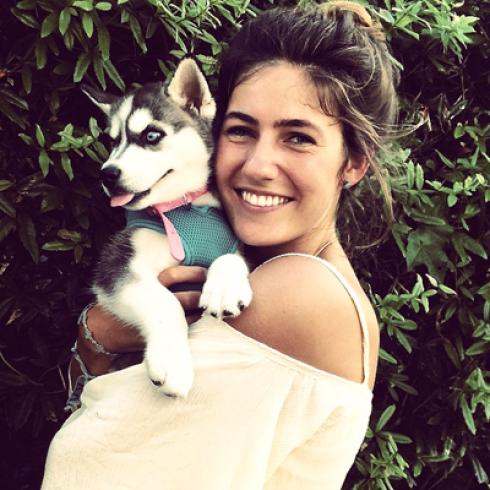
Lucy McNamara
<div>My name is Lucy McNamara and I am twenty years old. I am from Bolton, Massachusetts but am currently studying <span style="font-size: 13.0080003738403px; line-height: 1.538em;">history as a junior at the University of Virginia. I am the tenth out of twelve children in my family, thus I am an </span><span style="font-size: 13.0080003738403px; line-height: 1.538em;">experienced arguer and am considering law school! I love to read, write, cook, and take photographs, and I could not be </span><span style="font-size: 13.0080003738403px; line-height: 1.538em;">more excited to share all my new experiences in Buenos Aires with you.</span></div>





